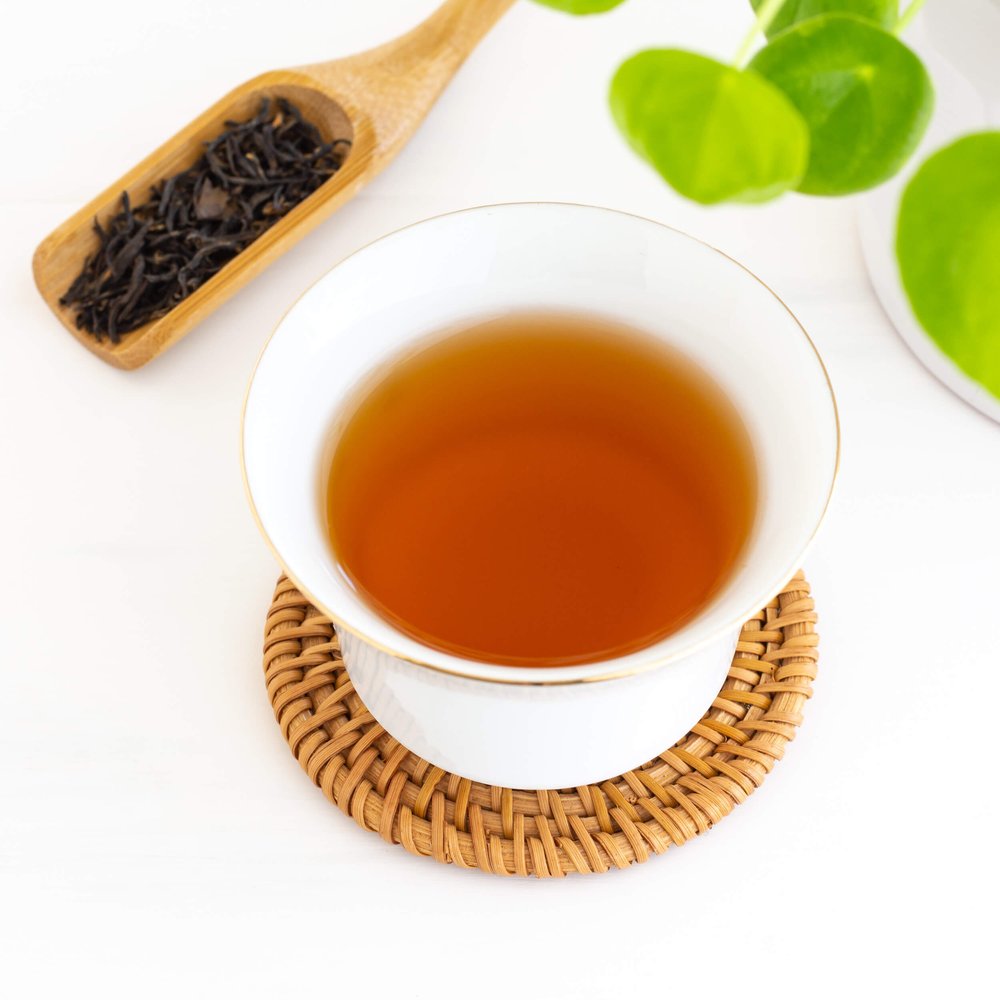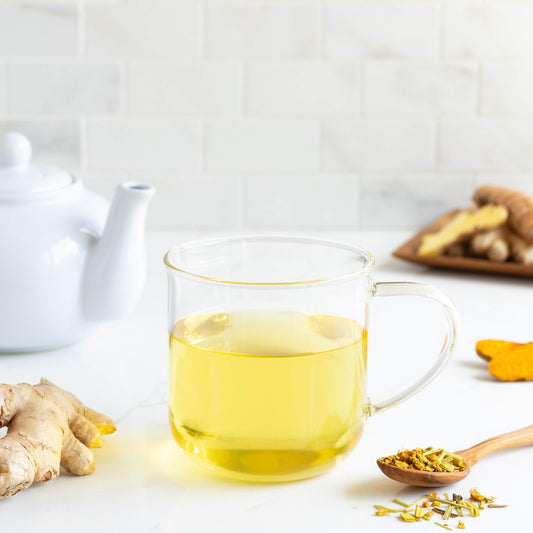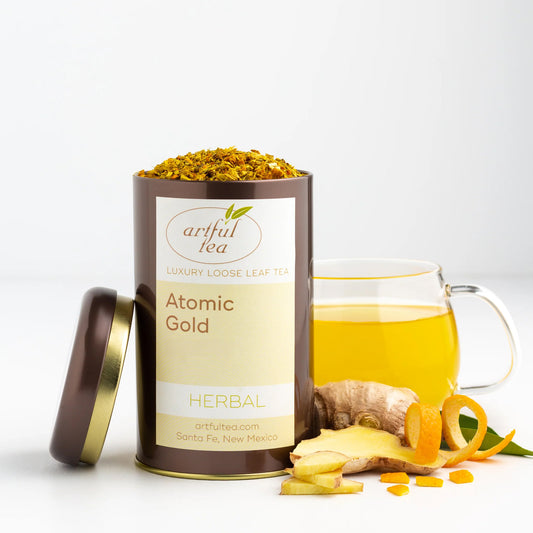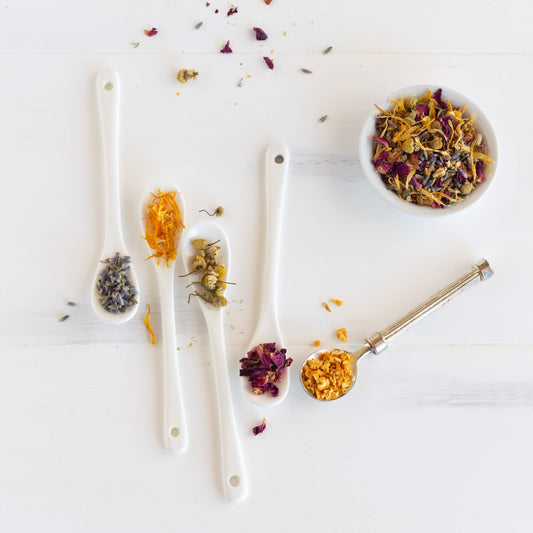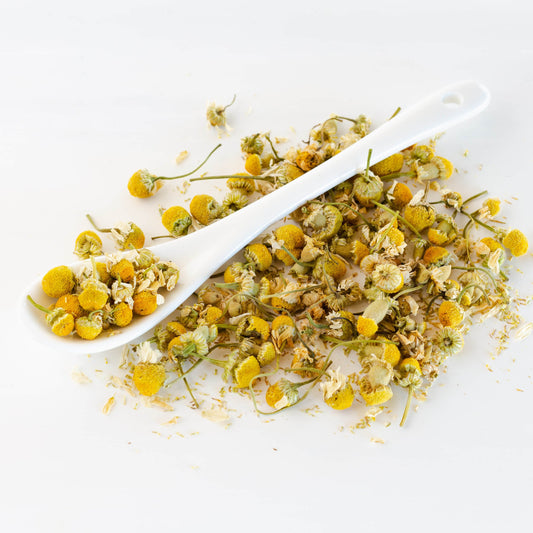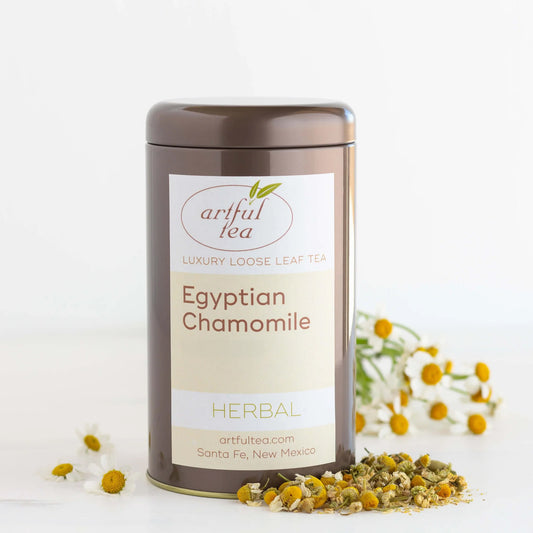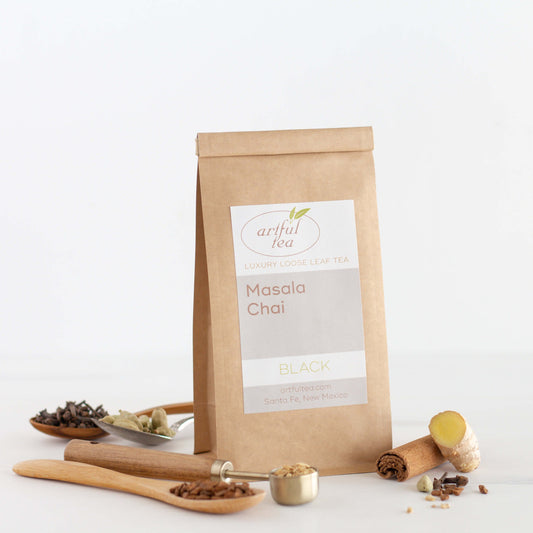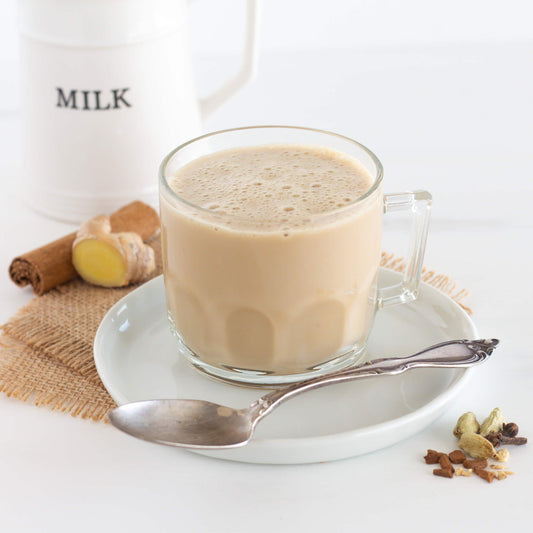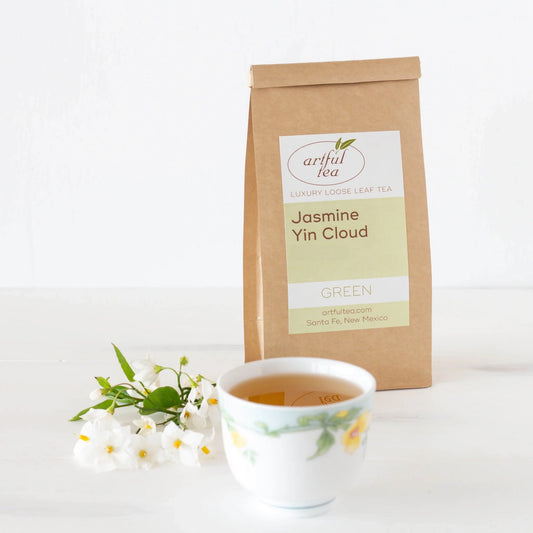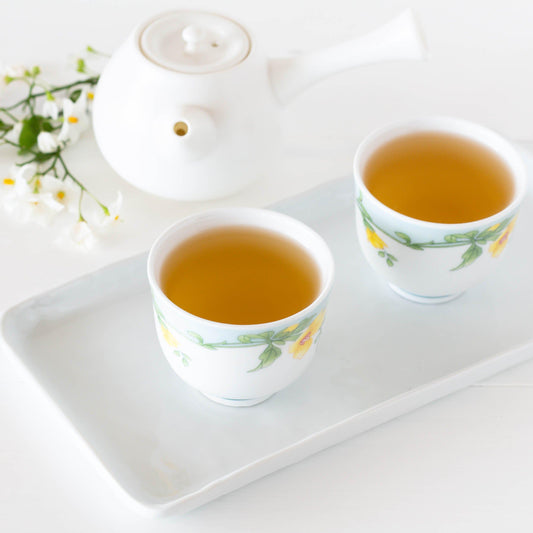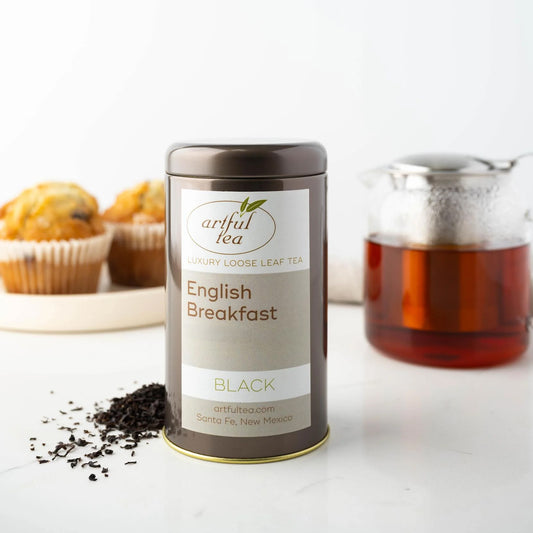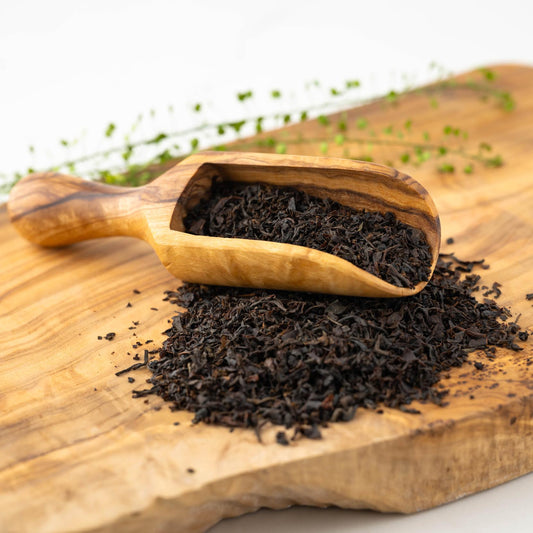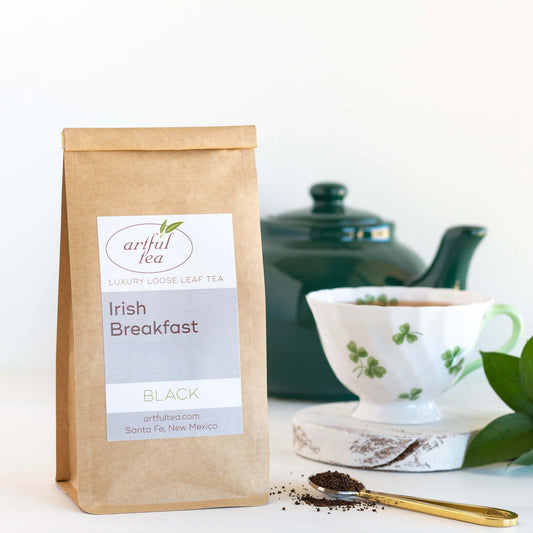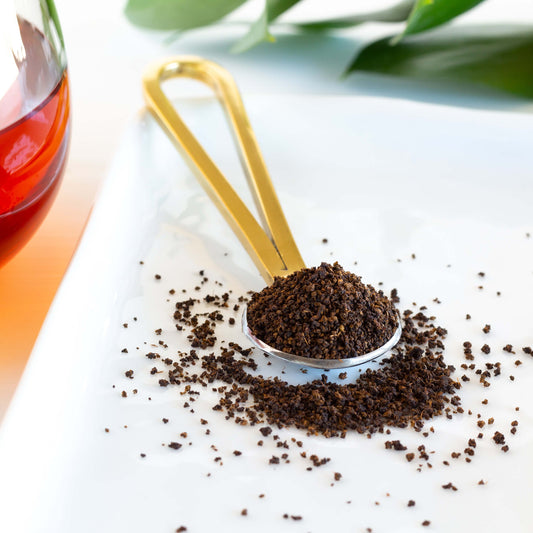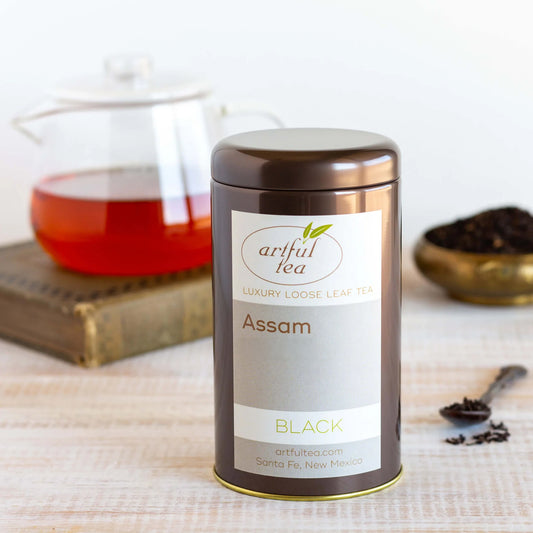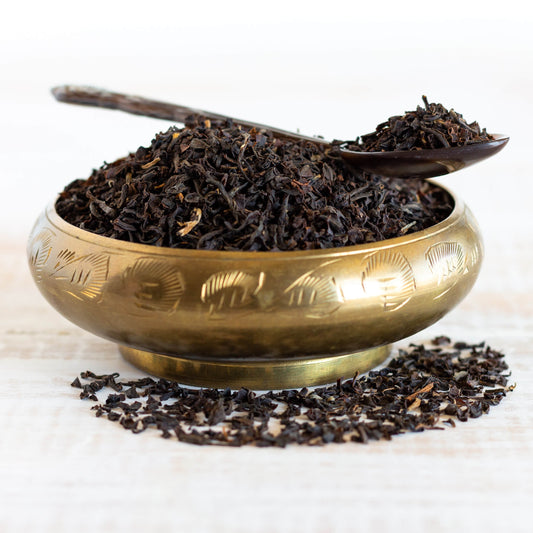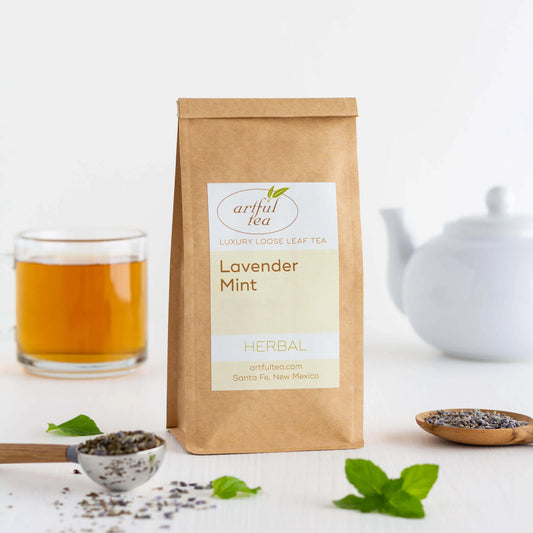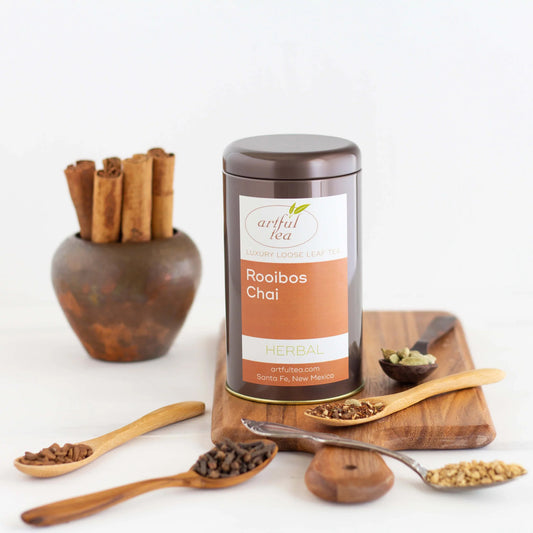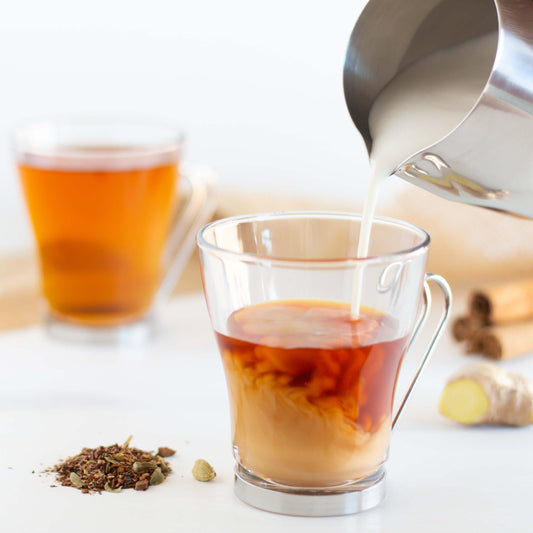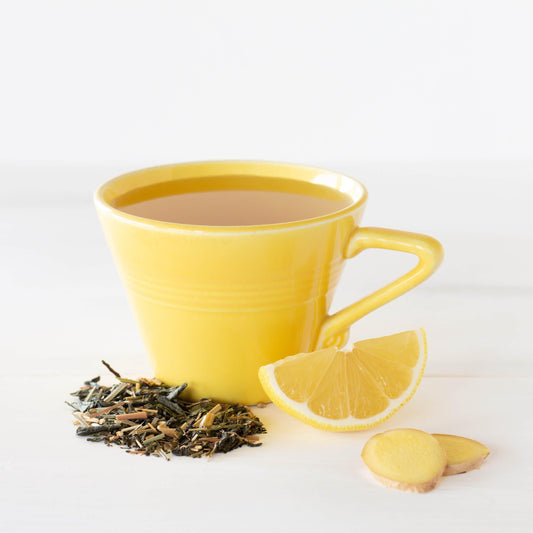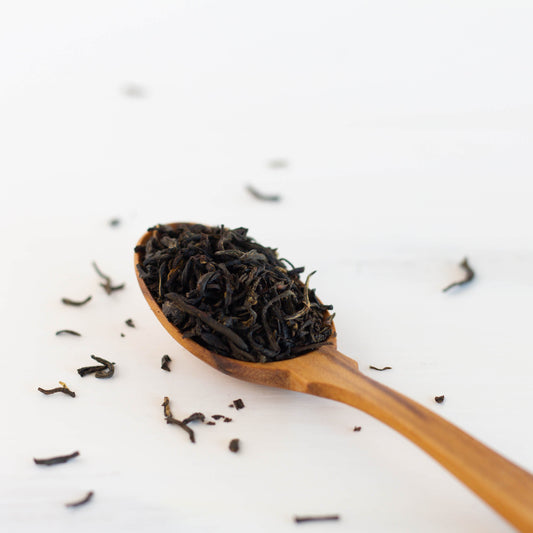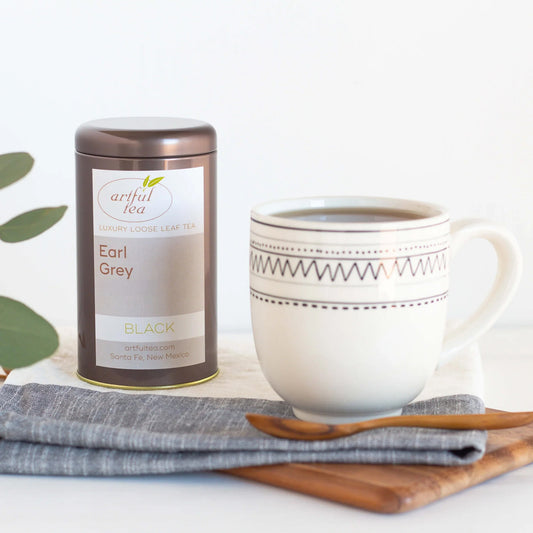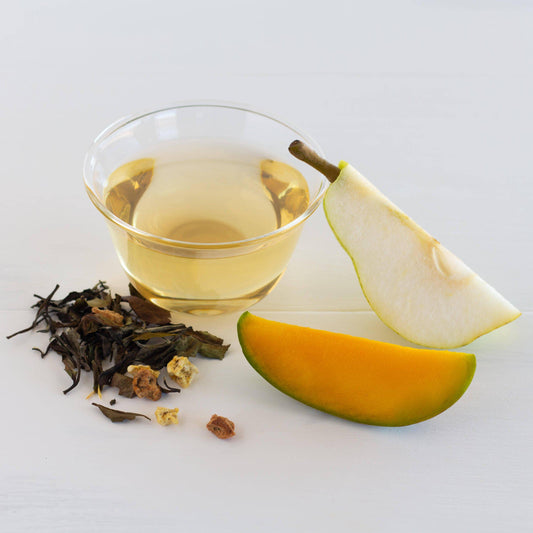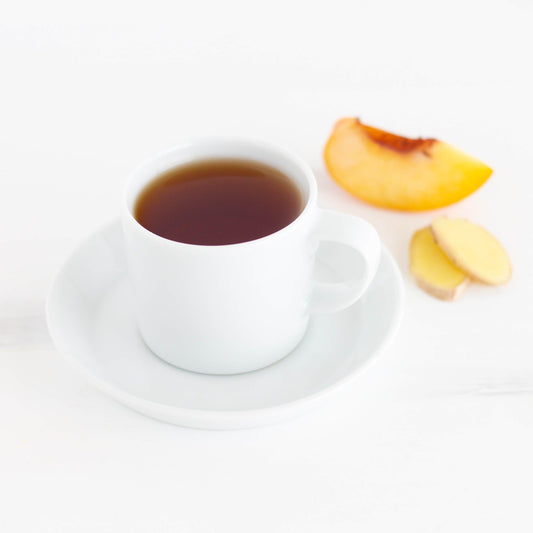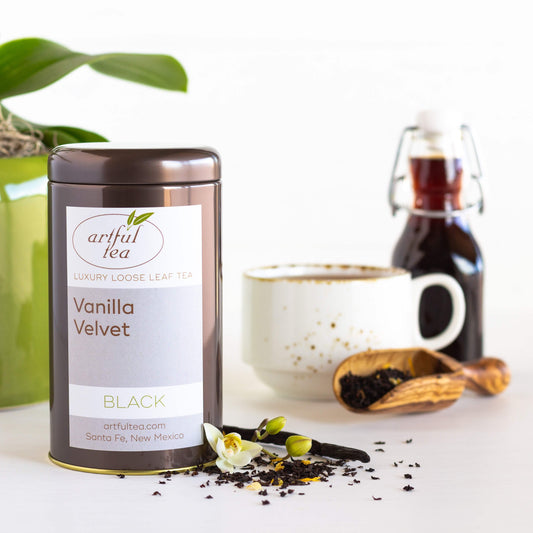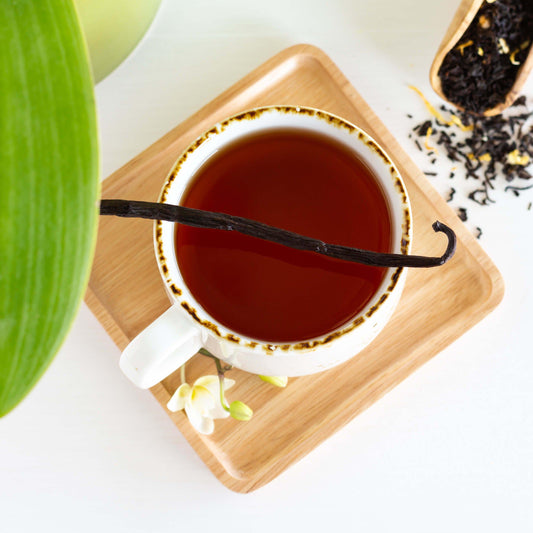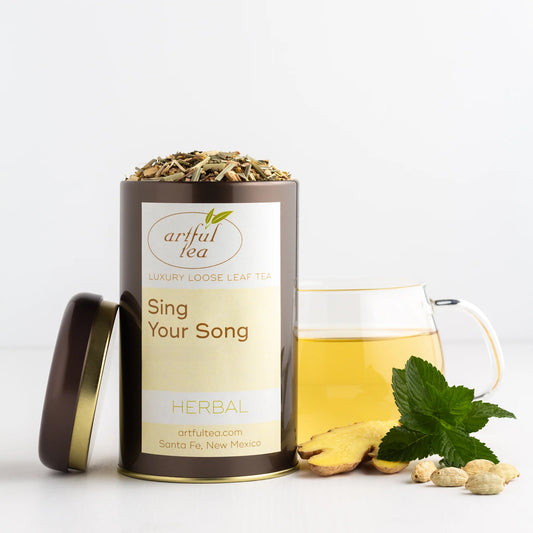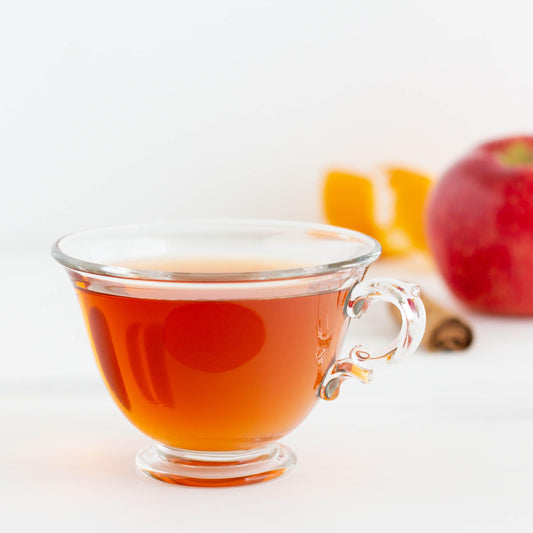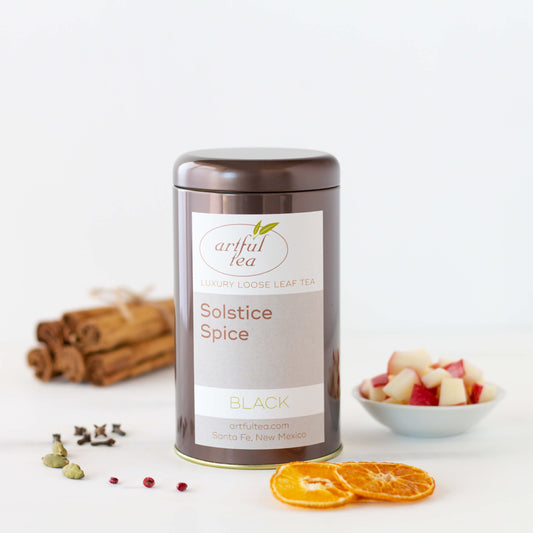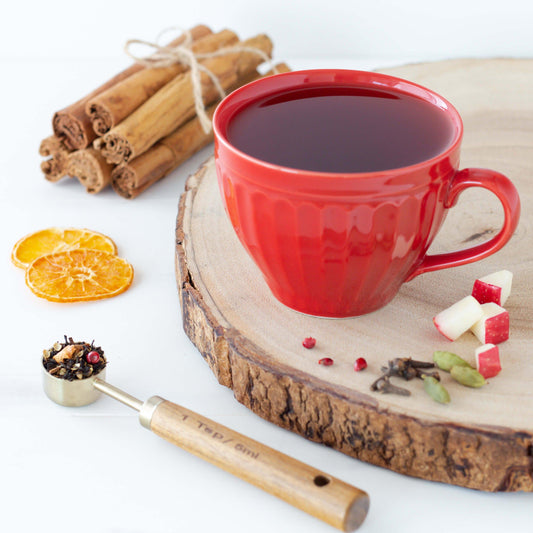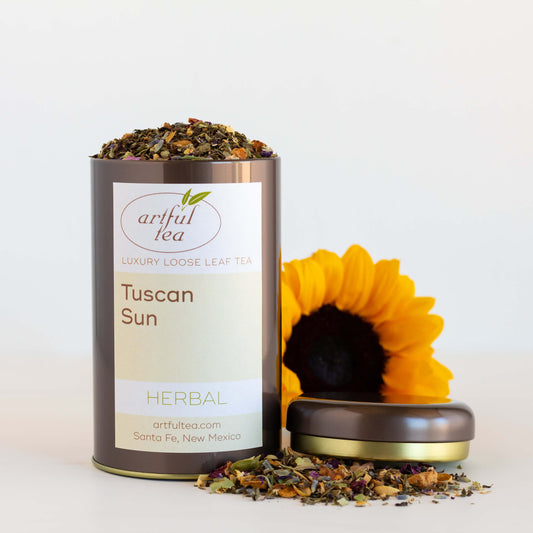What Does Tea Taste Like? A Guide to Tea Tasting Notes
Whether you’re new to tea and curious about what it tastes like, or are trying to nail down the particular flavor notes of your favorite blend, taking the time to taste and appreciate a cup of tea can be an immensely rewarding experience.
Because there are so many different types and blends of loose leaf tea, no two teas taste quite the same. As with other specialty food items like wine or chocolate, the taste of different loose leaf teas varies depending on the specific terroir of the region where they’re grown, their specific varietal, their growing, harvesting, and processing methods, and whether or not they’re blended with other herbs and spices. By paying close attention when tasting your tea, you can gain a better understanding of the flavor components that make each tea unique.

How to taste tea
Conducting a tea tasting is a fun and easy way to learn more about different types of tea. Whether you plan to spend time tasting just one tea, or a whole flight of different teas, tea tasting is a great way to discover new teas or to learn more about your favorite blends.
What you’ll need
In order to conduct a tea tasting, you’ll need:
- One or more types of loose leaf tea
- A vessel to brew your tea in, such as a mug with an infuser or a teapot
- Something to heat your water with, such as an electric or stovetop tea kettle
- Some paper and writing utensil to jot down notes with
1. Choose Your Tea
You can choose one tea to spend time on, or choose several different teas to make a tasting flight. The type of tea you choose is entirely up to you! While the care and attention spent during a tea tasting session can be especially rewarding for classic, unflavored teas with very subtle flavors, feel free to choose any type of tea that you enjoy or are curious about.
2. Examine Your Tea Leaves
The next step in the process is to examine your tea leaves. Are they pressed flat, or curled? What color are they? What shapes do they remind you of? Some teas, like Gunpowder or Chun Mee, are named for the distinctive shape of their tea leaves.
3. Prepare Your Tea
Go ahead and prepare your tea according to package instructions. Measure your tea leaves, heat your water to the required temperature, and steep your tea for the appropriate amount of time. When your tea is done steeping, remove the tea leaves and set them aside for a second infusion.
4. Examine the Liquor
Take a look at the color of your tea. A brewed cup of tea is a beautiful thing, with colors ranging from inky black to deep amber to emerald green to pale rose gold. Is the color what you were expecting? What does it make you think of?
5. Inhale the Aroma
Before you begin drinking, take a moment to focus on the aroma of the tea. This aroma is often a little different from the taste of the tea itself, but can provide your first insights into the flavors present in the brew. Does the tea smell floral, earthy, spicy, or sweet?
6. Taste Your Tea
Take a sip of your tea and pay attention to the flavor. What does it taste like? Does it remind you of any other foods or smells? It can be helpful to use a tea tasting wheel to narrow down the sensations you’re experiencing. Below, we’ll cover different tea tasting notes in greater depth.
7. Prepare a Second Infusion (Optional)
Some teas reward a second infusion. To infuse tea leaves multiple times, place your infuser with the tea leaves back in your pot or cup. Heat your water and infuser your tea leaves a second time. Then remove the leaves and complete steps 4, 5 ,and 6.
Tea Tasting Notes: How to Describe Tea Flavors
Even for experienced tea drinkers, the subtleties of different tea flavors can sometimes be a challenge to put into words. Below are some basic flavor categories that a tea might remind you of. Feel free to keep these categories in mind when tasting tea in order to try to hone your perception and pick out different flavors in the brew.
1. Floral
Many teas have floral notes. These notes can be strong or subtle, and may remind you of particular flowers, such as jasmine, rose, orchid, or honeysuckle.
2. Nutty
Teas with nutty notes may have flavors of almonds, hazelnuts, chestnuts, or other roasted nuts.
3. Buttery
Some teas have buttery notes. They may remind you of butter, milk, or cream.
4. Sweet
Even unflavored teas without any sweetener may still have a pleasant natural sweetness. These teas may have notes of honey, caramel, burnt sugar, or vanilla.
5. Spices
Some teas are reminiscent of baking spices. You might pick up on notes of cinnamon, cloves, nutmeg, ginger, or pepper.
6. Smoky
Your tea may have notes of smoke, toast, leather, or tobacco.
7. Fruity
Many teas have subtle fruity notes. These can range from stone fruits like apricots and peaches to berries to tropical fruits.
8. Oceanic
Some teas, particularly Japanese green teas, have oceanic notes. They may remind you of a sea breeze, seaweed, or shellfish, and have a distinct umami flavor.
9. Mineral
Like certain types of wine, teas can also have mineral notes, like chalk or granite.
10. Earthy
Earthy notes run the gamut from moss, mushrooms, and wet leaves to oak and pine.
11. Grassy
Some teas have grassy notes, and may be reminiscent of hay, sweetgrass, or a freshly mown lawn.
12. Vegetal
Vegetal notes include squash, spinach, asparagus, peas, and more.
13. Herbaceous
Even if you’re not drinking an herbal tea, many teas still have herb-like flavors. These include notes of thyme, mint, lavender, and fennel.
14. Body
While not technically a flavor, another aspect of tea to pay attention to is the body. Does it have a rich, full body and a taste that lingers on the tongue? Is it light and delicate? Or somewhere in between?
What Do Different Types of Tea Taste Like?
While every tea is a little different, most categories of tea have somewhat similar flavor profiles. So, for example, most black teas will taste more similar to one another than to a green tea. Below are some common tasting notes for different types of tea.
Black Tea Tasting Notes
Black teas tend to be robust and full bodied. Black tea tasting notes may include:
- Malty
- Earthy
- Fruity
- Sweet
- Smoky
Green Tea Tasting Notes
Green teas are steamed or pan-fired to halt the oxidation process soon after harvest. Green tea tasting notes may include:
- Vegetal
- Grassy
- Herbaceous
- Nutty
- Oceanic
White Tea Tasting Notes
White teas are minimally processed, and tend to be particularly light and delicate. White tea tasting notes include:
- Floral
- Fruity
- Sweet
- Buttery
- Herbaceous
Oolong Tea Tasting Notes
Oolong teas are partially oxidized, and have similarities to both black and green teas. Oolong tea tasting notes include:
- Floral
- Mineral
- Buttery
- Fruity
- Grassy
Pu-erh Tea Tasting Notes
Pu-erh teas are aged and partially fermented. Pu-erh tasting notes may include:
- Rich
- Smooth
- Earthy
- Smoky
- Mushroomy
Matcha Tea Tasting Notes
Matcha is a shade-grown, stone-ground powdered green tea. Matcha tasting notes may include:
- Vegetal
- Umami
- Sweet
- Bitter
- Smooth
Herbal Tea Tasting Notes
Because herbal teas span such a wide range, there are all sorts of tasting notes present in these teas. For instance, chamomile tea tastes floral and light, while rooibos tea tastes more robust, with a mild natural sweetness.
FAQs
1. What determines a tea’s taste and flavor?
A variety of factors determine what a tea taste like, including where they’re grown, how they’re harvested and processed, and whether or not other ingredients are added to the tea blend.
2. Are there different types of tea plants?
All true tea is made from the camellia sinensis tea plant. However, some tea blends may also contain other ingredients like fruits, herbs, and spices. Herbal teas contain no “true” tea, but instead feature herbs like chamomile, peppermint, and hibiscus.
3. How do I make my tea taste better?
By far the most important step in getting your tea to taste better is to purchase high-quality loose leaf tea from a reputable seller. After that, the preparation process is also very important, especially for more delicate teas like green teas or white teas. You should be sure to use the correct water temperature and infuse the leaves for the right amount of time in order to end up with a tasty cup! It’s also good to keep in mind that not all types of tea may suit your palate; feel free to experiment until you find a favorite.
